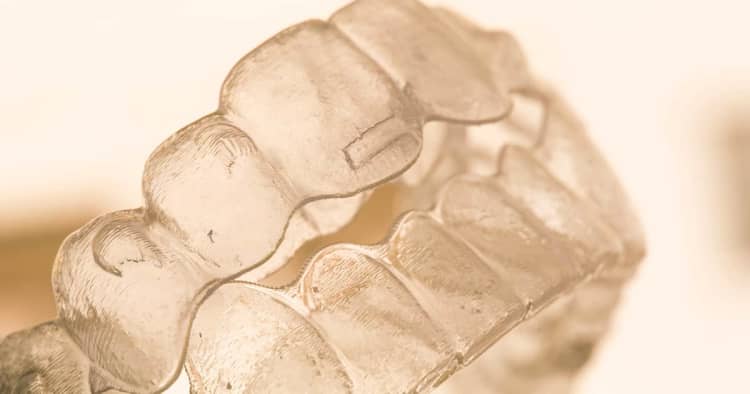Thank you for your question.
Tooth extraction may be indicated during Invisalign treatment for a few reasons:
- Create space for relief of crowding: all the adult teeth are unable to fit into the size of the jaw. This is usually indicated for moderate to severe crowding. More than 5mm of space is needed to achieve a good outcome.
- Create space to correct protrusion: teeth are protruding or inclined forwards. Space is needed to draw the teeth backwards and improve the inclination of the teeth.
- Create space to camouflage a bite problem: sometimes the upper teeth are too far ahead of the lower teeth. Teeth extractions are indicated to bring the upper teeth backwards. The same can be true for an "underbite" or reverse overjet where the lower teeth are in front of the upper teeth and space is needed to bring the lower teeth backwards.
Space can also be created through a few other means, such as :
- expansion (broadening the arch to allow the teeth to fit in a wider circumference)
- interproximal reduction (shaving the sides of the teeth to create small spaces)
- or distalisation (bringing the teeth backwards)
The main consideration as to whether extractions are needed will depend on the individual's facial profile, lip competence and the severity of the teeth malalignment. Hence I advise you to consult your dentist/orthodontist after examination and discuss alternative treatment options and the advantages/disadvantages of alternative options. Often times a lateral cephalogram (xray) is needed to ascertain the jaw position and the inclination of the teeth. This will give your dentist/orthodontist a fuller picture and help with the decision making.
Hope this helps and all the very best,
Dr Priscilla Lu
Orthodontist at the Orthodontic Clinic




